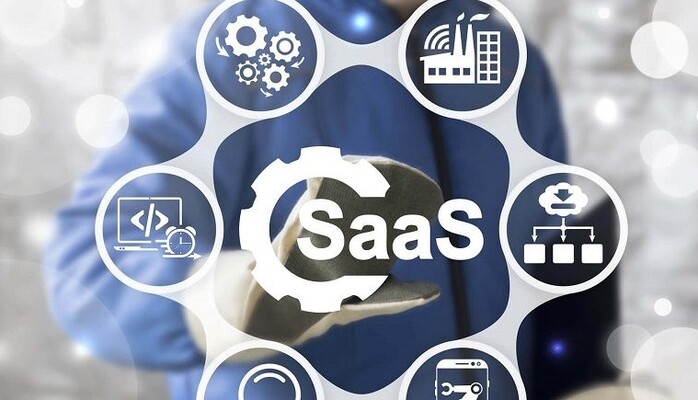
Software as a Service (SaaS) development is a method of delivering software applications over the internet on a subscription basis. It has gained popularity due to its cost-effectiveness and ease of access.
SaaS development offers several benefits, including cost savings, scalability, and automatic updates. It also allows for greater accessibility and collaboration among users.
Despite its benefits, SaaS development faces challenges such as data security, integration with existing systems, and ensuring a seamless user experience.
Successful SaaS development requires careful consideration of factors such as target audience, market demand, and competition. It is essential to have a clear understanding of the problem the software solves and how it differentiates from competitors.
The SaaS development process involves several stages, including market research, planning and design, development and testing, and deployment and maintenance. Each stage is crucial for the success of the project.
Market Research
Market research helps identify potential customers and their needs. It also helps understand the competitive landscape and market trends.
Planning and Design
During the planning and design phase, the software architecture is planned, and the user interface is designed. This phase lays the foundation for the development process.
Development and Testing
The development phase involves writing code and building the software. Testing is done to ensure that the software meets quality standards and functions as intended.
Deployment and Maintenance
Once the software is developed and tested, it is deployed to the production environment. Maintenance involves updating the software, fixing bugs, and providing customer support.
There are several tools and technologies available for SaaS development, including cloud computing platforms, programming languages, and development frameworks. These tools help streamline the development process and improve efficiency.
Some best practices for SaaS development include focusing on user experience, regularly updating the software, and providing excellent customer support. It is also essential to monitor performance and security regularly.
Several successful SaaS development projects serve as examples of how effective SaaS solutions can be. These case studies highlight the importance of innovation, market research, and customer feedback.
The future of SaaS development is expected to be driven by advancements in artificial intelligence, machine learning, and data analytics. These technologies will enable developers to create more personalized and efficient software solutions.
SaaS development offers significant benefits for businesses looking to streamline their operations and improve efficiency. By understanding the key considerations and best practices, businesses can develop successful SaaS solutions that meet the needs of their customers.
|
|